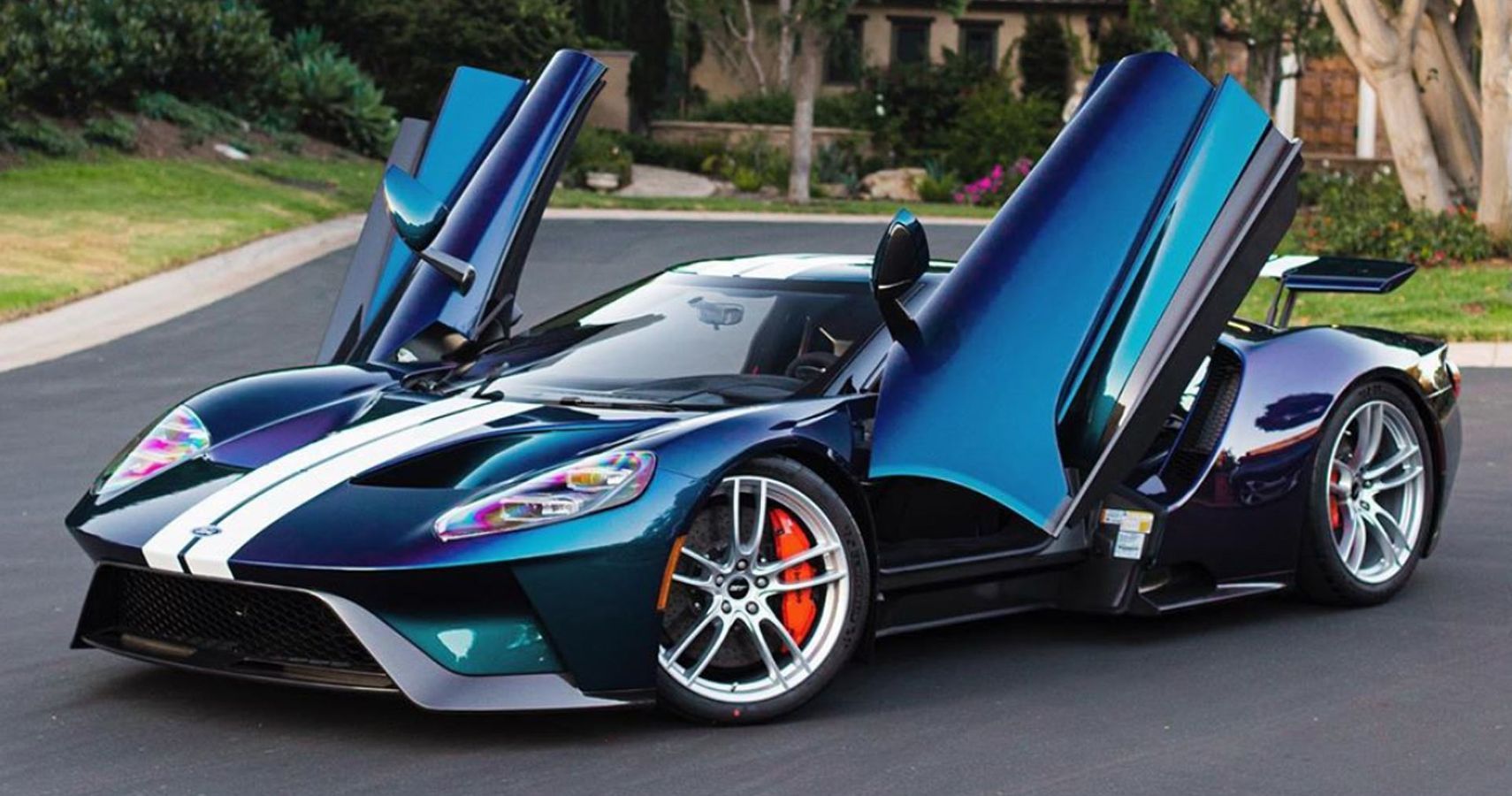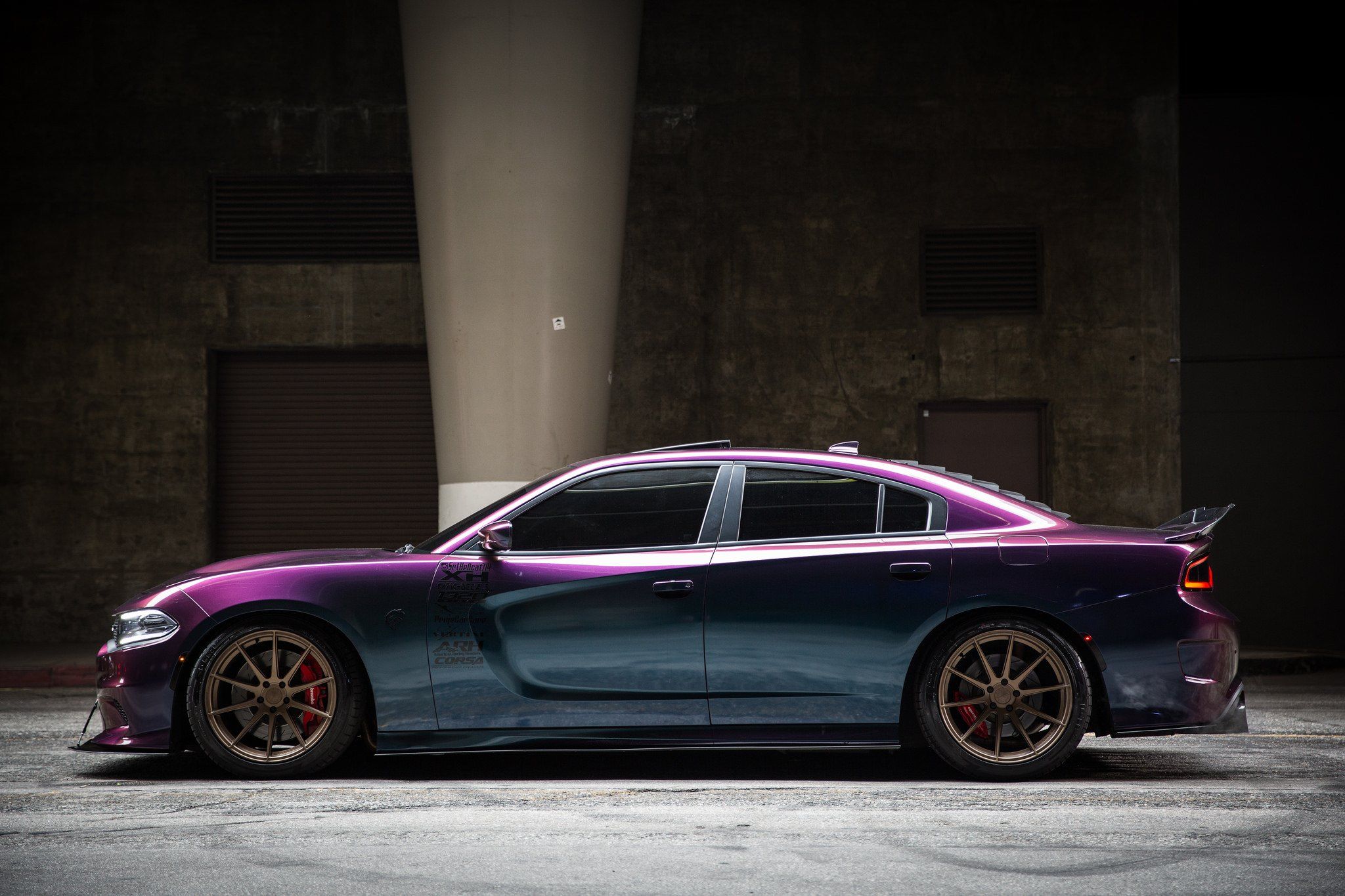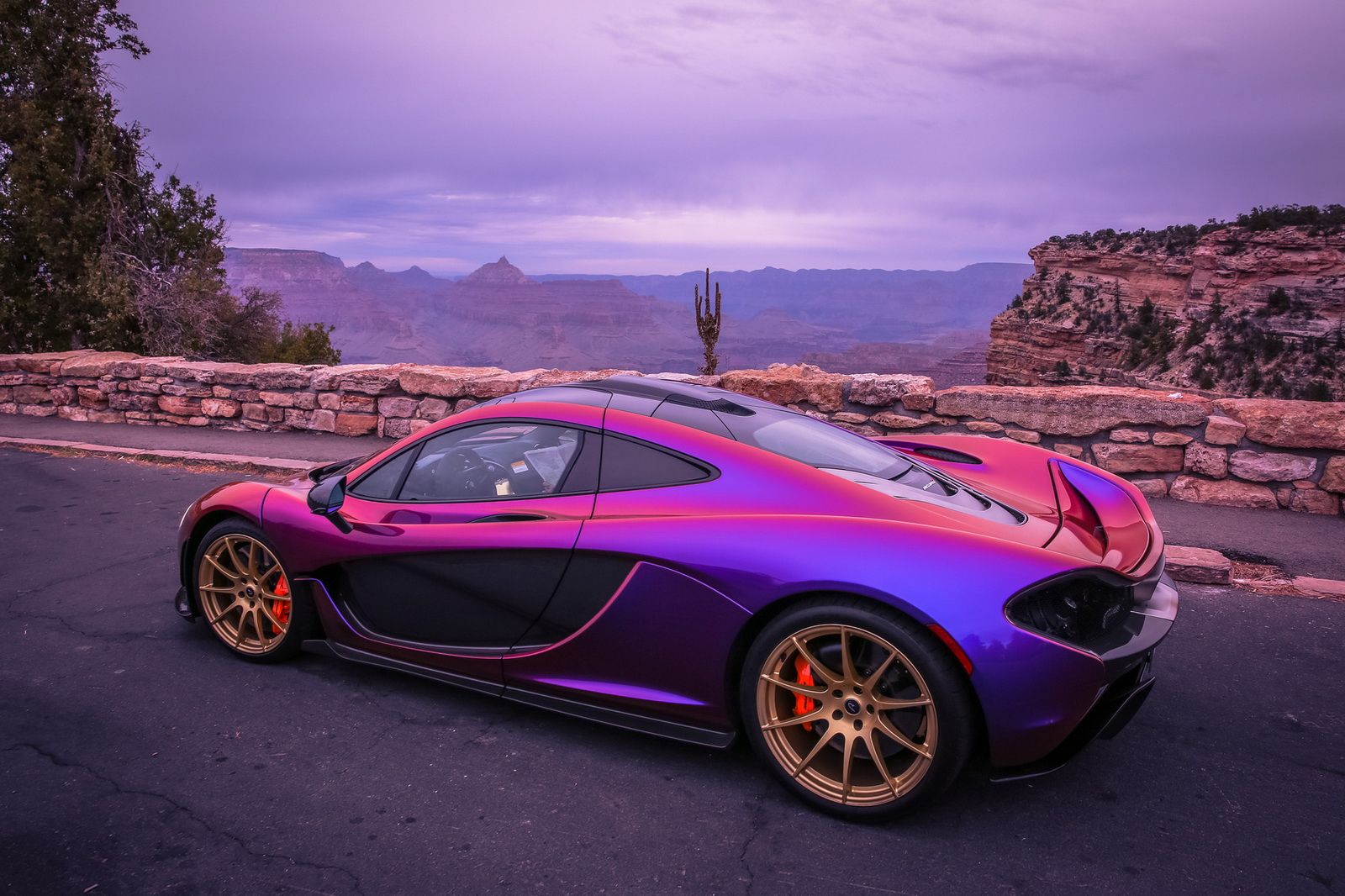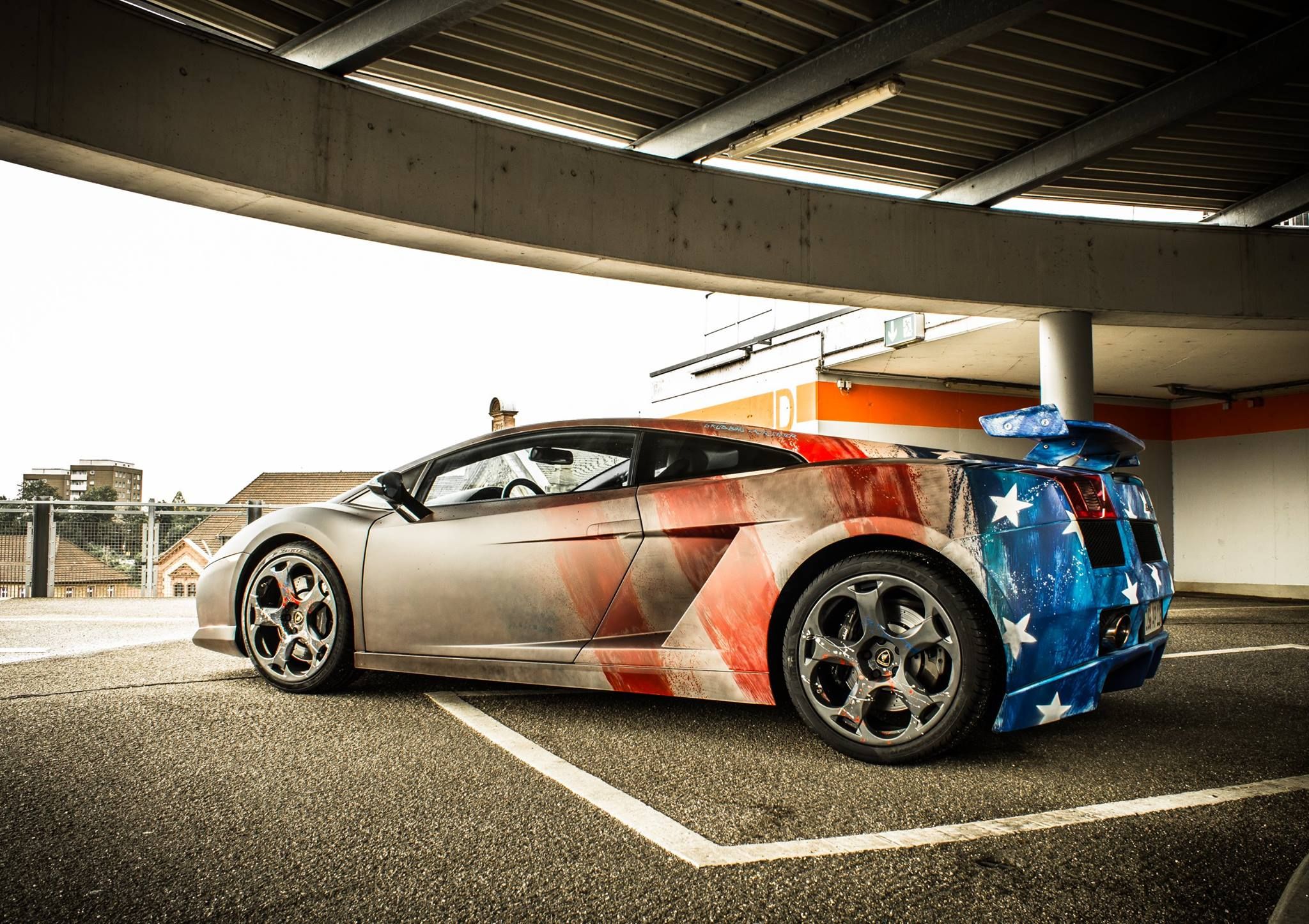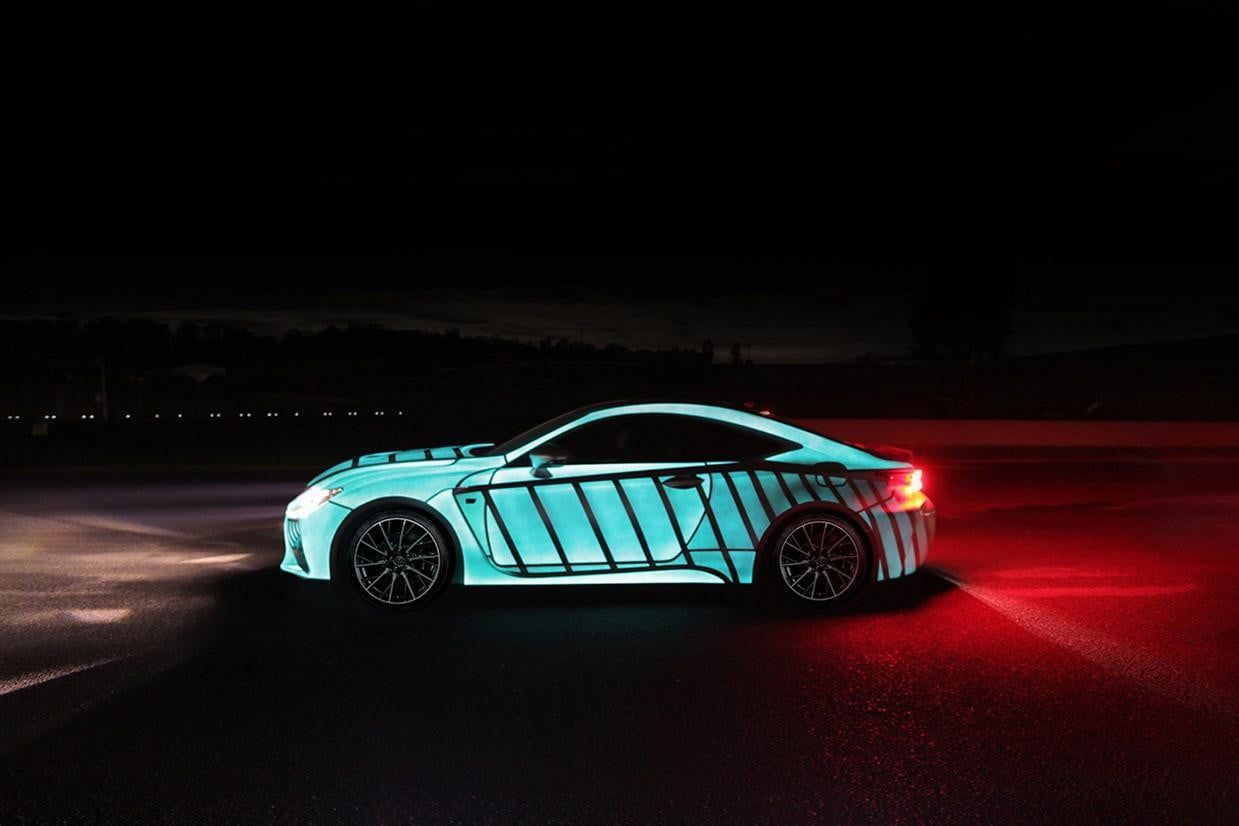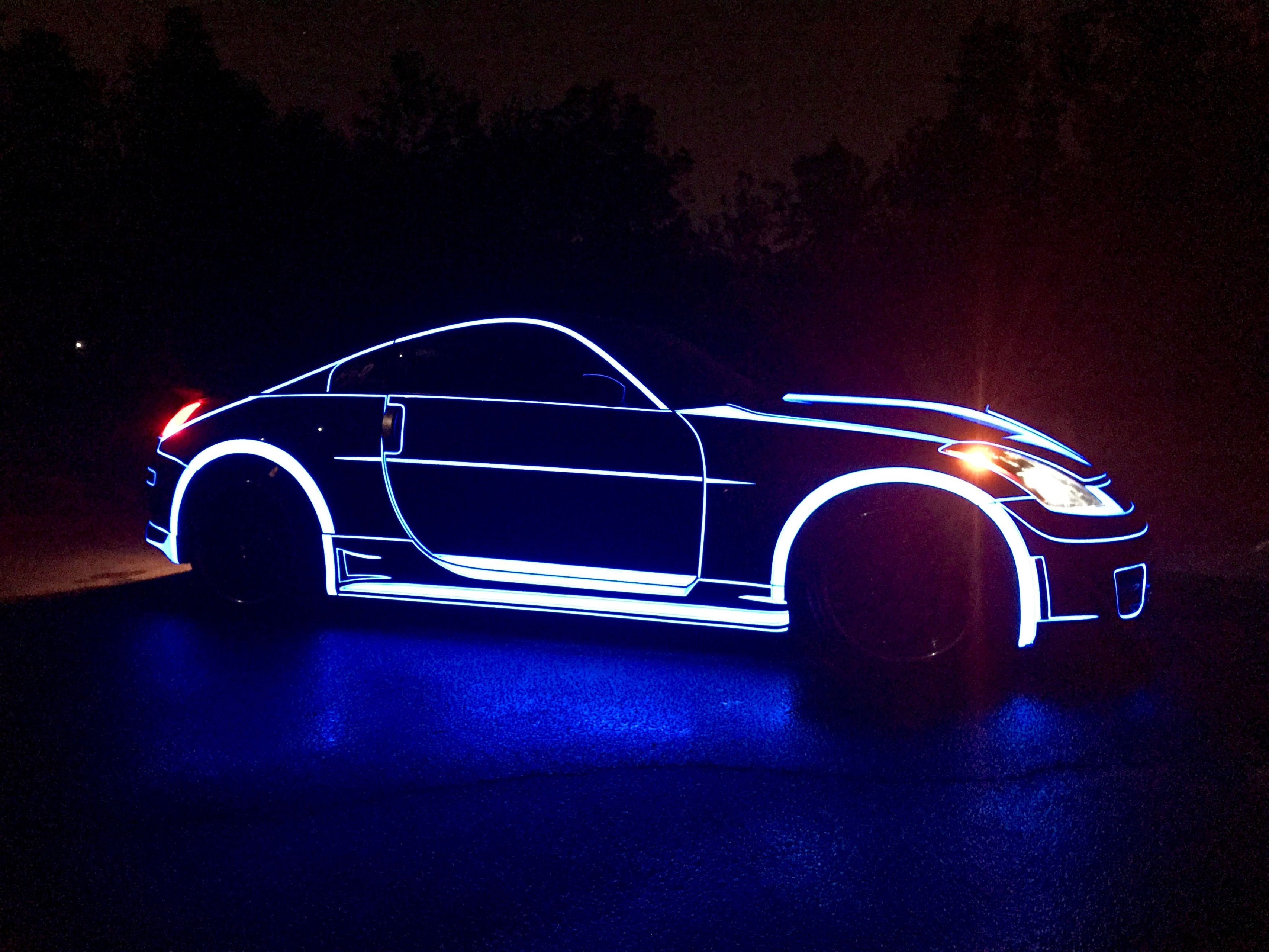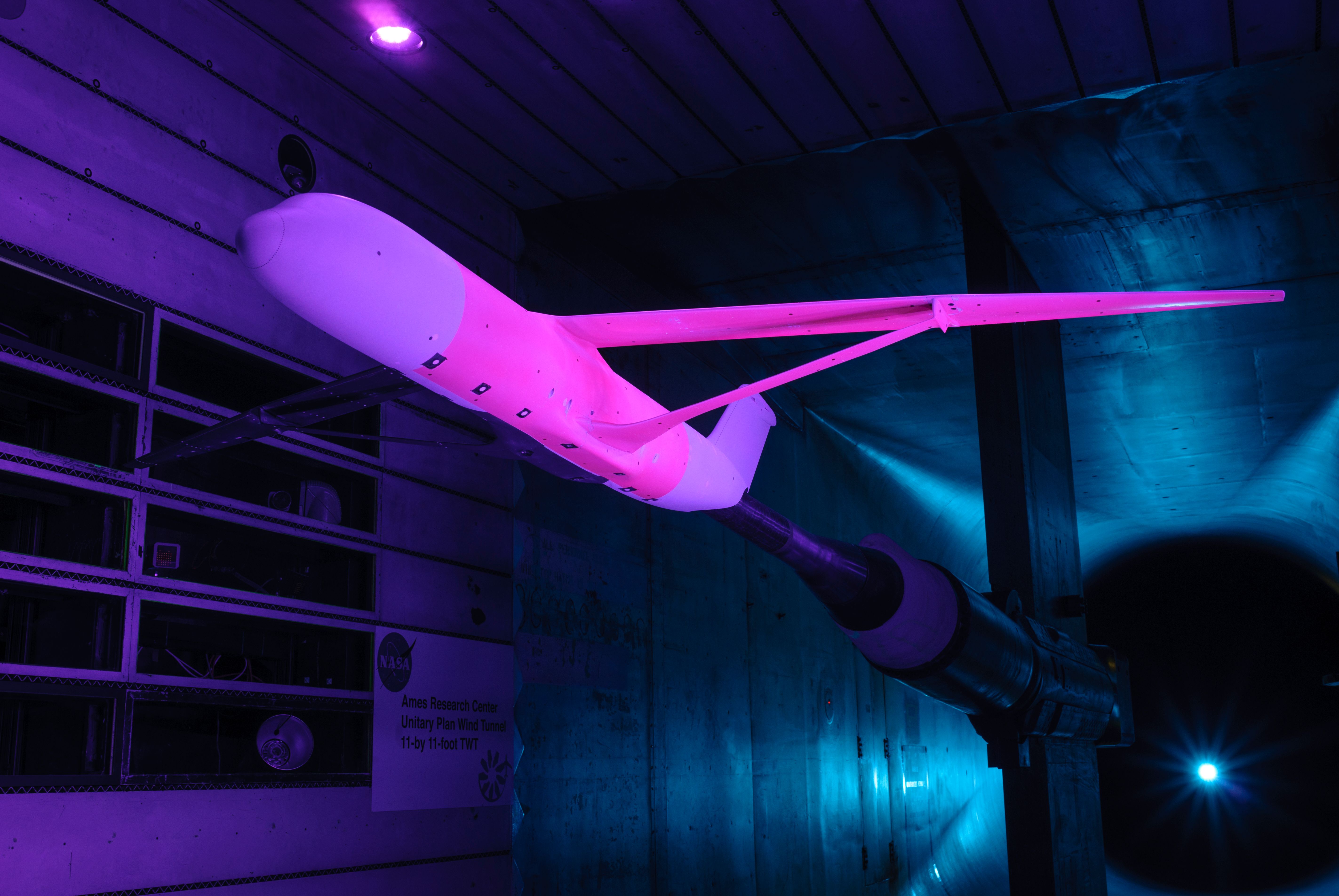Color changing car paint easily grabs the attention and has gone in and out of style over the years. True color-shifting paints rely on basic chemical and physical properties to produce a unique effect. These paints are often expensive due to the additives and formulations necessary.
Pearlescent “chameleon” paint often relies on a physical process called thin-film interference to produce a stunning visual effect. These paints use properties of “goniochromism”, also referred to as iridescence. Additional types of color-changing paint include thermochromic and photochromic paints, which change in response to temperature or UV exposure, respectively.
Color changing coatings have been used to give sports cars an edgy aesthetic. Certain companies have even engineered paints that respond to an electric signal, producing a unique glow upon activation. These paints create uniquely attractive visuals while undergoing an array of intriguing transformations.
"Chameleon" Paint And Iridescence
Typical chameleon paints are iridescent, indicating that they reflect light in a manner that changes as the observer moves. This phenomenon occurs due to the scattering of incident light from the surface. Some other examples of iridescence arise when observing a soap bubble or oil on the road after rain.
An important property, in this case, is thin-film interference, which explains the method in which light reflects to produce certain colors. A “film” can be defined as a transparent material that ranges from 0.1-10 micrometers in thickness. When incident white light reflects off certain surfaces, it is subject to a phase change which effectively shifts the wavelength.
During the process, either constructive or destructive interference can occur. This results in either an increased or decreased wavelength intensity, respectively. Whether constructive or destructive interference occurs is based on the index of refraction of the particular medium in question. Destructive interference is mostly used for coatings that are non-reflective, such as those used on a camera lens.
ChromaFlair, a popular “chameleon” paint, relies on light interference to create its stunning effect. Within the coating are small flakes on the order of about 1 micrometer in thickness. The flakes are aluminum with a magnesium fluoride coating, which are suspended in a chromium mixture.
Due to the magnesium fluoride and its glass-like properties, the paint can produce an effect that changes as the observer moves. Multiple types of color shifts are available; For example, ChromaFlair’s Cyan/Purple color shifts from cyan to purple and orange.
Temperature Sensitive Paint
Although perhaps less popular than chameleon paints, temperature-sensitive coatings have been used to create a dynamic color effect. These paints, referred to as “thermochromic”, are simply substances that can achieve reversible color differences in response to changing temperature.
Thermochromism is used in applications such as mood rings and temperature-indicative dyes. Indicators are often formed with leuco dyes, which can undergo reversible color changes in response to temperature.
Light Emitting Coatings
A striking glow is emitted from electroluminescent paint, of which the primary developer is a company called LumiLor. Their light-emitting coatings use multiple layers to create a paint that emits light when provided with an electrical signal. The LumiLor paint system is composed of 6 layers and an optional color topcoat layer. These layers include a dielectric layer (approximately 1 mil), “lumicolor” layer (1.5mil), and conductive topcoat.
The backplane layer is a conductive surface upon which the current is distributed. 120V current is supplied through the busbar, which is connected between the backplane and the Lumicolor layer. The company describes the Lumicolor layer as a “large-particle material which emits light when under power”. Electric shorts are mitigated by the dielectric layer, located above the backplane. These layers are finished off by a translucent conductive topcoat and a protective topcoat.
Eight colors can be emitted by the system, including green, aqua, blue, white, yellow, pink, violet, and orange. Zinc sulfide phosphor crystals are present in the material, which are doped with metals such as copper to produce emissions of colored light.
The layers in the LumiLor “stack”, as it is referred to by the company, add up to a total of around 3.5mil. Interruption of the current by insulating material results in charge accumulation, subsequently creating an electrostatic field. Phosphor crystals are affected by the electrostatic field to produce electroluminescence.
Over $4,000,000 has been dedicated to testing efforts on LumiLor, which has been proven to meet various ASTM standards. In a 2015 promotion, the Lexus RC F sported the electroluminescent paint, which pulsated in tune with the driver's heartbeat.
NASA's Pressure Sensitive Paint
NASA engineers have developed a proprietary pressure-sensitive paint used to analyze aircraft. After being coated with the paint, a scale model of the aircraft in question is placed in a test chamber. Blue LED lighting illuminates the sample, while black and white cameras record data.
The paint is formulated in such a way that the excitation of luminophores leads to fluorescence. Different levels of fluorescence are indicative of low or high-pressure zones, relative to the amount of oxygen. Pressure variations can be measured up to frequencies of 5,000Hz.
Sources: LumiLor, ChromaFlair, NASA

